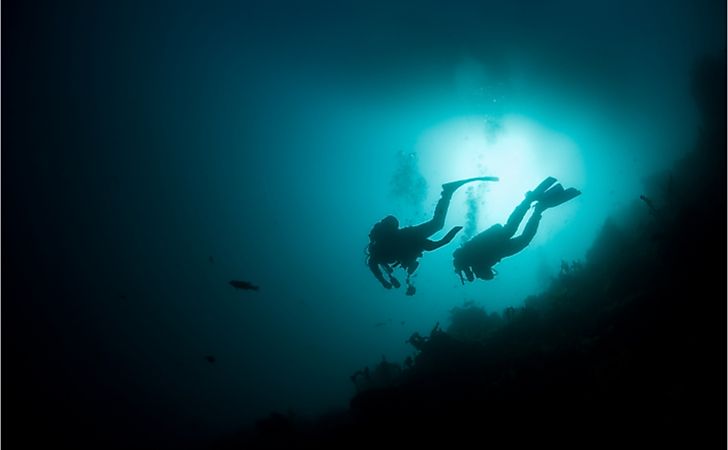The Frilled Shark: Unique Creatures Of The Deep Sea

The frilled shark is an extant species of shark from the family Chlamydoselachidae that inhabits deep parts of the Pacific and Atlantic Oceans. The frilled shark has been observed at depths of more than 5,000 ft, but it is generally uncommon at depths greater than 4,000 ft below the surface. The shallowest known habitat of the frilled shark is Suruga Bay, Japan, where it lives at depths between 160 ft and 660 ft. Marine archaeologists and biologists consider frilled sharks to be "living fossils" because of their primitive features. The species was first scientifically identified by German ichthyologist Ludwig Döderlein in Japan in 1880.
Physical Description
The frilled shark has an elongated body that is grey or brown, and its skin is rough and covered with denticles. Its pectoral fins are located near the head, on both sides of the torso, but its pelvic, dorsal, caudal, and anal fins are located near the back of its body. Unlike most sharks, the caudal fin of the frilled shark is long and resembles the wings on darts. An extensive mouth with 25 rows of back-pointing sharp teeth, for a total of 300, dominate its big, wide, and flat head. The gill slits of the frilled shark are so long that they create an impression of a fish that is sliced open on its side. While most shark species have five pairs of gill slits, the frilled shark has six pairs.
Habitat and Distribution
The frilled shark prefers deep waters, particularly over the outer continental shelf and upper continental slope. They have a widespread but patchy range in the Pacific and Atlantic Oceans. The shark regularly inhabits Suruga Bay, Japan, where they live at depths of between 160 ft and 660 ft. The frilled shark can also be found off the coast of South Africa, New Zealand, Tasmania, New South Wales, Hawaii, northern Chile, and Southern California. Marine biologists and researchers study the fish to determine whether the species stays in a particular region or migrates during certain seasons.
Feeding
The long jaws of the frilled shark allow it to swallow large prey but limit its ability to deliver a strong bite like other sharks. Most individual frilled sharks caught have small amounts of undigested food in their stomach, suggesting either a fast rate of digestion or extended intervals between meals. The frilled shark usually feeds on smaller sharks, bony fish, and cephalopods. The species does not swim as fast as most shark species, and typically take advantage of weak prey. In some instances, the frilled shark rests on the ocean floor and waits for prey to get close before attacking.
Human Interactions
Relatively little is known about the frilled shark because of its isolated habitat. Overall, it poses no immediate danger to humans but can inflict a fatal bite if threatened. The shark is sometimes accidentally trapped and caught by deepwater trawls, longlines, and gillnets, and Japanese fishermen in Suruga Bay consider the species to be a nuisance because it destroys nets intended for gnomefish and sea bream. Humans rarely consume frilled sharks, but dead frilled sharks are processed into fish meal. In terms of conservation, New Zealand classifies the shark as "At-Risk" due to its low reproductive rate and the encroachment of commercial fishing on its habitat.
It is not just the frilled shark but a range of other fascinating creatures that inhabit the deep sea. Learn about the deep sea ecosystem in this article here.











